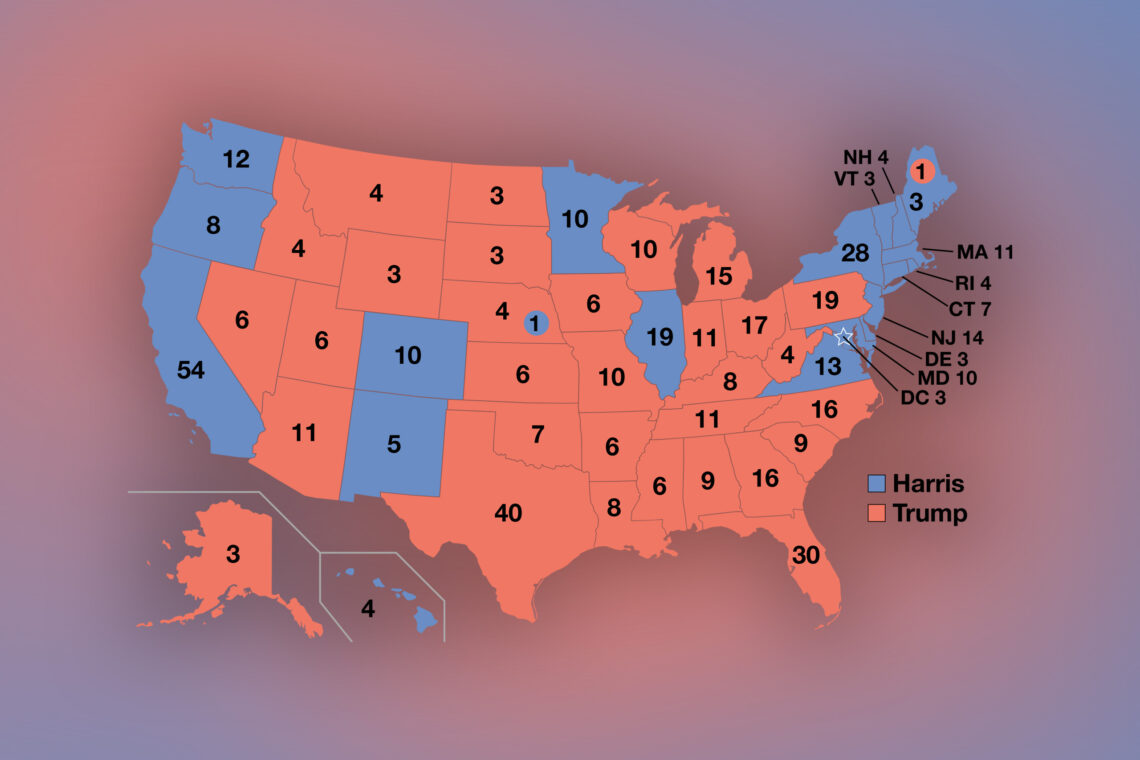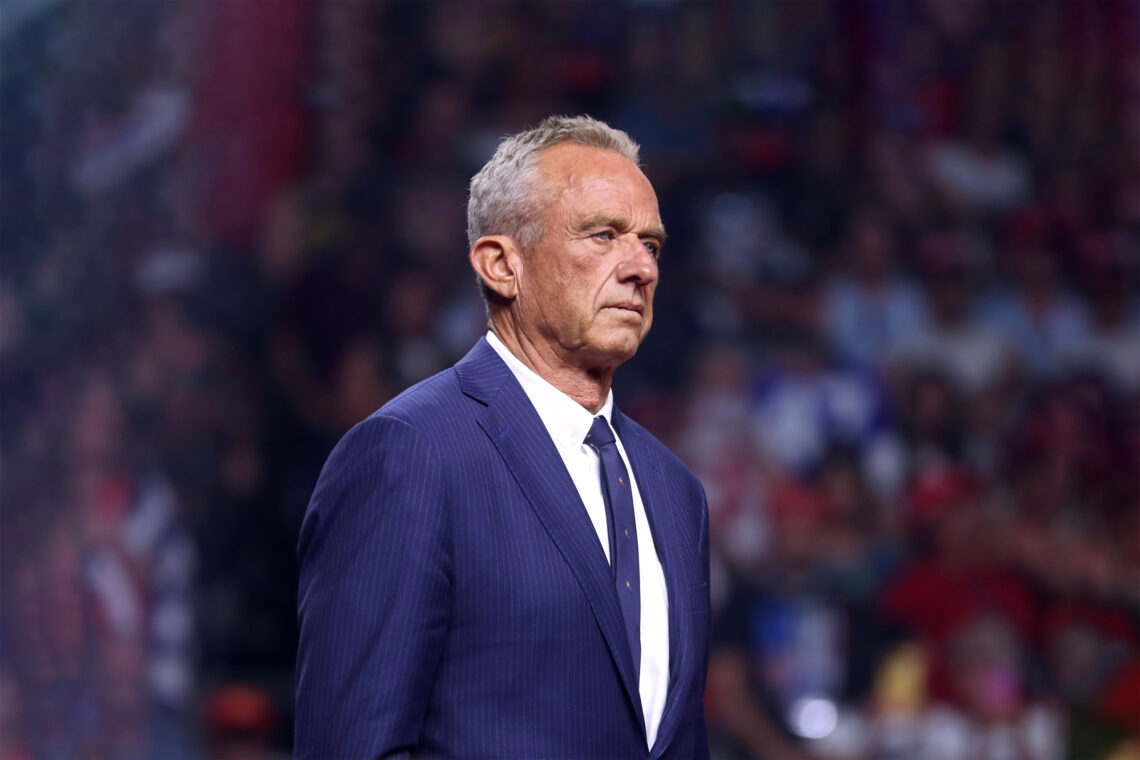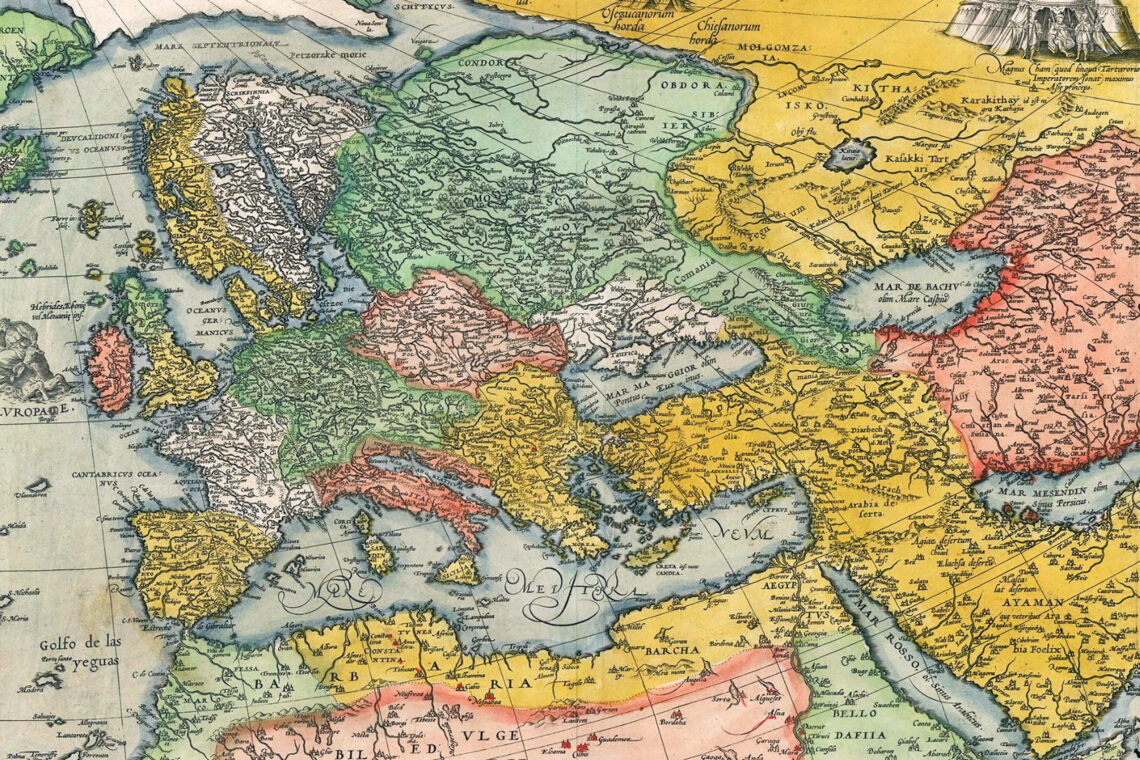I just finished reading a delightful account of contemporary Morocco published in 2001 by Stephen O. Hughes, a British journalist who has lived in and reported from Morocco since the summer of 1952 when he was hired to edit a newspaper for Americans working on four airbases. Much of what he talks about in Morocco Under King Hassan will be familiar to avid observers of Moroccan history and current events, but I was pleasantly surprised to discover a few interesting nuggets. With the exception of the Sahara issue, I will go through them in no particular order.
1) From the very start, Sultan Mohammed V and Moroccan nationalists worked hand in hand to repel French colonialists. The French thought that they could control the young and, in their view, docile sultan; but when the sultan visited Fez at the age of 25, he was given a huge reception by the nationalists, and this reception became the basis of Id’al-Arsh, or Fête du Trône, that was later made into an official holiday.
2) It was interesting to note that Morocco’s Independence Manifesto issued on January 11, 1944 was probably inspired by the U.S. President Franklin D. Roosevelt who, when meeting the previous year with Sir Winston Churchill and General Charles de Gaulle in Anfa, gave a nod of support to Mohammed V and his nationalist allies, a fact that led the French colons to deeply resent America. I didn’t know, for example, that an anti-Communist American union organizer, Irving Brown, assisted with the foundation of the Union Marocaine du Travail (UMT) in 1955. More recently, one learns that the reasons one of the Tazmamart inmates, Air Force Lt. Embarek Touil, survived his captivity was because his wife, Nancy Gatewood, is American.
3) When the French deposed Mohammed V and his family in 1953, they forgot to inform their partners in the north, the Spanish, so General Francisco Franco refused to recognize France’s puppet sultan, the 70-year-old Ben Arafa, and the Spanish-occupied zone in the north became the base for nationalist resistance. Moroccans were called terrorists and were combated mercilessly by the French. Ben Arafa died at the age of 96 in France.
4) Talking about Spain, did you know that the kif of Ketama is not part of an ancient horticulture, but was planted by the Spanish in the 19th century “for fibre to make the rope soles of cheap shoes known as espadrilles”? Now, you know why Spain smells trouble every harvest year!
5) You’ve heard of the Blue People, often associated with the Touareg. Well, in the late 19th century, a Scotsman named Donald MacKenzie built a trading station, known as The House, in Tarfaya, to supply locals with indigo cloth to make blue turbans and robes. But the cheap dye ran and stained the Sahrawis’ skins, turning them into Blue People. Like kif, wearing blue robes and turbans is no ancient tradition.
6) Hughes doesn’t fail to highlight Morocco’s legendary religious tolerance, particularly in regards to Jews who celebrate their helolula (annual pilgrimages) in various sites in the country. To be sure, Jewish life in Morocco hasn’t always been nice and rosy; still, Morocco did better by its Jews than did any other Arab country. Essaouira was the “birthplace of the [Jewish] family of Sir Leslie Hoare Belisha, British cabinet minister during World War II and inventor of the Belisha beacons that mark pedestrian crossings on Births streets.” In 1984, Jo Ohana became the first Jew in the Islamic world to be elected to parliament. Today, Andre Azoulay, also from Essaouira, is senior advisor to the King.
7) We are used to seeing people lining up and walking in an orderly way to meet the King. Things weren’t always so. Palace life was so casual after independence that in 1963 palace officials hired Major General Sir Guy Salisbury-Jones to put some order in the protocols. It was this same man who, in 1970, helped design “a royal coat of arms and heraldic devices for Morocco, the provinces, cities, and towns.”
8) You know this, but Moroccan women are doing much better than they were in 1952 when Hughes arrived. In 1995, the United Nations stated that “Morocco was ahead of Scandinavian countries, Switzerland and Japan when it came to the number of women in the administration and senior executive posts, placing it 85th in the middle of 170 nations surveyed.”
9) Morocco’s foreign debt was the result of OCP’s gamble in 1973 that phosphate prices would keep rising. Based on this prediction, the government went on a borrowing spree to finance economic development, but phosphate prices didn’t reach the levels expected, and Morocco was saddled with debt.
10) Let’s put it frankly: Morocco is a Berber country. Forget about the nouss-nouss (half/half) theory, or even about the 60/40 one. Hughes ruefully reminds us that the relatively few Arabs who came to Morocco were mostly males and were easily absorbed in the local population.
11) The oldest newspaper in the country is the weekly Tangier Gazette, founded in 1893 and shut down after independence
12) The Sahara:
Hughes’s book leaves little doubt that Morocco has as legitimate a claim to the Sahara as any nation could come up with. Moroccans have been claiming the Sahara since before independence, and the Istiqlal Partry even published maps of Greater Morocco that included Mauritania and parts of Algeria. This was not chauvinism or imperialism, but mere decolonization.
a) In 1958, Prince Hassan chaired a conference whose goal was the liberation of the Sahara.
b) In 1961, the African revolutionary leaders Kwame Nkrumah, Ahmed Sekou Touré, Gamal Abdel Nasser, Modibo Keita, the Algerian Ferhat Abbes and others met in Casablanca with Mohammed V to form the Casablanca Group and “discuss the Congo crisis, the liberation of Palestine, the war in Algeria, Morocco’s claim to Western Sahara and Mauritania” and African unity.
c) After independence, the Rif-based Moroccan Liberation Army branched out into the Saharan Liberation Army (SLA) as it redirected its focus to the still-occupied southern zone. They reached Layoun and Dakhla (Villa Cisneros), but as happened with Abdelkrim al-Khattabi in the Rif, they were repelled by a combined French-Spanish military operation code-named Ouragan. (Sounds familiar, doesn’t it?)
d) In 1969, Frank E. Trout, a Harvard academic published a book showing in meticulous detail how Morocco’s eastern Saharan provinces were systematically annexed by the French when they were creating Algeria from scratch. The Larousse of 1888 defined the size of Morocco as 812,000 square kilometers, but in its 1897 edition, it reduced the size to 800,000 and in 1956 to only 430,810, without giving any idea how Morocco’s landmass shrank to its present dimensions.
e) There were indications that France wanted to negotiate with Morocco the return of some of its lost provinces, including Tindouf, before it gave Algeria to the Algerians. But Mohammed V who, like all Moroccans, had been supporting the Algerians’ war of independence, rejected the offer, so confident was he that his Algerian brothers would give back Morocco’s land upon independence. Not only was Morocco rebuffed, but Algerian leaders like Ben Bella and Colonel Houari Boumediane shut out grateful Algerian leaders like Ferhat Abbas. (Apparently, Boumediane was hurt by Morocco’s superiority in the war of 1963, during which Egyptians, Syrians, and Cubans helped the Algerians.) Some later said that Morocco should have negotiated with the French before the Algerians became a nation. Before the Green March, Ferhat Abbas and Ben Youssef Ben Khedda were among Algeria’s revolutionary leaders who denounced Boumediane’s anti-Moroccan stand.
f) Cuba’s support of Algeria and the Polisario cost it a good customer–Morocco stopped buying sugar from Cuba and now produces more than half of its needs!
g) Virtually all the early leaders of the Polisario started out as student revolutionaries in Morocco. Brahim Bassiri, studied in Casablanca and in 1966 published a periodical called al-Shihab arguing that the Sahara is Moroccan. Mustapha Sayed al-Wali, Polisario’s first secretary-general studied in Rabat, joined Ali Yata’s Party of Liberation and Socialism, and tried hard to draft Moroccan leftists into liberating the Sahara. Mohammed Abdelaziz was born in Marrakech to a father who was a veteran of the Moroccan army. Hughes shows that Wali’s motives may have been to start a revolution against the monarchy, a fact that may also explain part of Algeria’s early support of that movement. (Al-Wali was killed in 1976 by French planes after he and his band were retreating from an attack on Mauritania.) Still, Algeria and others made the Polisario a well equipped guerrilla force, much stronger than the PLO. There is proof that in the 1980s Moroccan religious extremists were trained by the Polisario.
h) Many who oppose Morocco say that African nations decided to live within colonial frontiers so as not to create a new mess. That may be great for countries that didn’t exist before, but this policy is absurd in the case of Morocco. If colonial borders were to be inviolate, then Morocco would have to be divided into seven parts!
j) There is no difference between Morocco’s Sahrawi people and the Algerian ones. Why, then, shouldn’t Algerian Sahrawis have their own country?
k) The Green March was the most powerful event in Morocco’s modern history. “Never before or since in modern times,” writes Hughes, “has an idea so galvanized the whole country. It grabbled the emotions and imagination of the people.”
13) Wealth and Poverty
We are in the habit of reading World Bank and IMF reports on how poor Morocco is. That, obviously, is a matter of perspective. When Hughes came to Morocco in 1952, Moroccans numbered around 10 million, most of them dirt poor, with a life expectancy of 46 years. By 1995, life expectancy was 68, and, as we know, it has now passed the 70-year mark. Despite lingering problems, the country’s social and economic accomplishments are nothing short of astounding. In 1992, the World Bank said that Morocco produced around “118 percent of its food requirements.” In 1980, the parliament extended its national shores to 200 nautical miles from the coast, making “Morocco’s maritime area larger than its land mass.” And these waters contain some of the richest fisheries in the world.
14) Hughes seems to be cautiously optimistic, as he sees no reason not to believe that Morocco cannot move towards greater democracy.




Comments are moderated by the editor and may not appear on this discussion until they have been reviewed and deemed appropriate for posting. All information collected is handled in a manner consistent with our privacy policy.